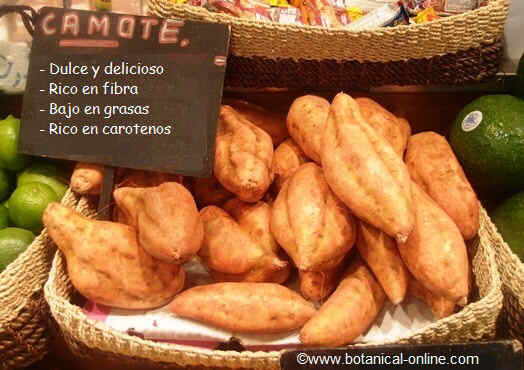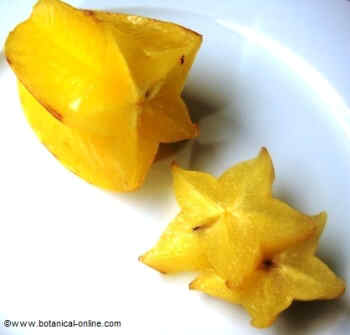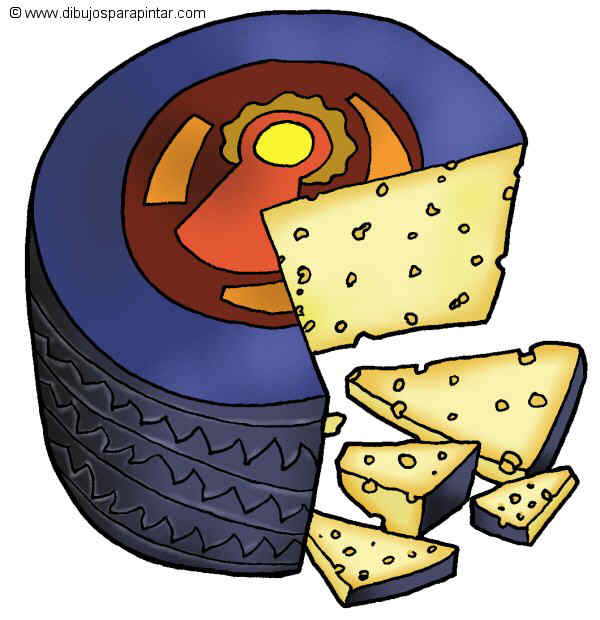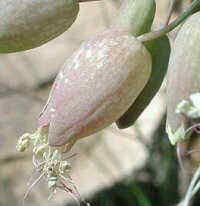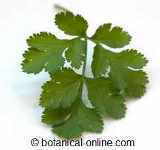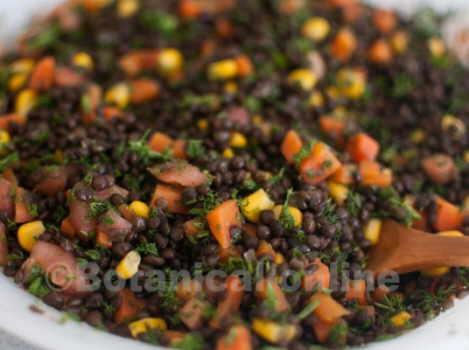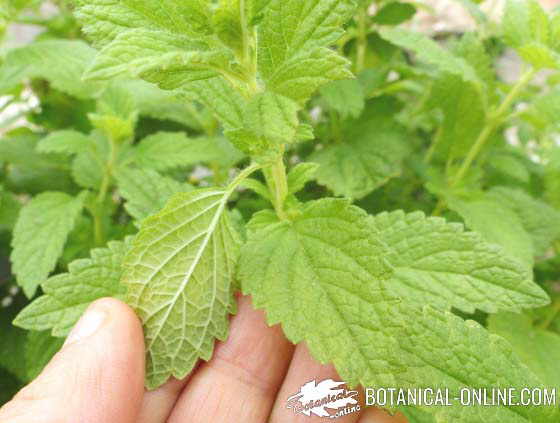Contents
CULTIVATION OF SWEET POTATOES
HOW TO GROW SWEET POTATOES
![]()
Description of sweet potato
– Sweet potato,, chaco, camote, apichu, kumara, potato or yam (Ipomoea batatas) is a perennial family of Convolvulaceae family, usually grown as an annual.
– Stems creeping and gnarled, with adventitious roots.
– Tuberous roots of different shapes and colors depending on the variety grown. The skin and flesh can be white, yellow or orange (because it contains carotene).
– Leaves simple, petiolate, ovate or cordate and margins entire, toothed or lobed (depending on variety).
– Flowers infundibular, violet and white.
– Fruit a dehiscent capsule, round, inside which contains between 1 and 4 seeds. Sweet potato is a beneficial food in type II diabetes, as demonstrated by scientific studies.
Sweet potato varieties
There are mainly two types of sweet potatoes: those varieties of white flesh, and those with orange tones.
– The white-fleshed varieties have a higher starch content and lower sugar content. Also known as “rabbit hutches”, their skin is red or white. From a sensory point of view, they are slightly sweet and nutritionally more energetic than the orange varieties.
This type of sweet potato is native to the U.S., where it is grown mainly in South Florida. Within these varieties, the best known are Creole or Manteca Blanca (white flesh) and Brazilian White (creamy flesh)
– The yellow orange-fleshed varieties are smaller and particularly rich in plant pigments (provitamin A carotenes. Consumed mainly in South America, Polynesia, Europe and North Africa. Within this group we find the variety Creole yellow (yellow flesh), Californian (red flesh), Jasper (red flesh), Georgia Jet (orange flesh), Jewel and Centennial (dark orange flesh) and Eland (yellow-red flesh).
– The purple-fleshed varieties offer features similar to those above, but with a higher content of anthocyanins. It is worth mentioning the variety Violet (purple smooth skin, flesh pink).
![]()
Suitable climate for sweet potatoes
– Plant native to northwestern South America, adapted to tropical and subtropical climates. Currently its cultivation has been spread by the most temperate world. It is believed that its precise origin is between Peru and Ecuador, and it is in these countries where there is great diversity of types of sweet potatoes.
– Cultivate in full sun. It is a short-day plant, requires 11 hours of sunlight a day to bloom.
– It is Not resistant to frost.
– Windproof, due to its size creeping.
– Average temperatures for growth between 21 and 24 º C.
– Altitude: from sea level to 2,500 m.
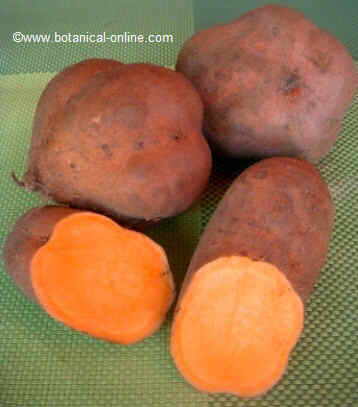
In the image: sweet potato tubers yellow-fleshed
![]()
Soil
– Well-drained soils, airy, light and rich in organic matter.
– Soil texture: sandy loam or clay loam
– pH from 5.2 to 6.5
– Average resistance to salinity.
– Preparation of soil for growing potatoes: the seedbed should be completely soft to facilitate root development. The compact ground, instead, the thickening thereof difficult. It is therefore desirable to remove the soil with a plow at 30cm. deep.
![]()
Propagation
Sweet potato can be propagated by cuttings or by tubers.
PROPAGATION BY CUTTINGS
– Cuttings consist of transplanting a stem of a vigorous plant, to take root and form a plant identical to the previous one.
– It can be done throughout the year in tropical climates. In subtropical climates, it is made in spring, between April and June, away from frosts.
– It is made from vines or creeping stems of the plant. Only used in hot climates, where the climate allows year-round vegetation.
– We will choose a branch that is neither too young nor too old. We must note that it has not damage, spots or pests.
– The stem chosen should possess at least 3-4 buds.
– Cut the stem at an approximate length of 25-35cm.
– Planting is done with the guide pieces (25-35cm).
PROPAGATION BY TUBERS
– Tubers are planted directly in the ground. Small tubers are unsuitable for commercial use, so they are used for propagating the plant. You can also use large sweet potatoes, split into 4 parts.
– Generally, planting is done during April and June. In warmer climates, it can be chosen any time of year. During the dry season, provide them with abundant irrigation.
– The tubers should be clarified when the plants have grown from 3 to 6 cm. We must ensure that the soil is wet to get the plants with little effort and be careful not to damage the remaining buried ones.
– Five or six months after planting, you can begin collecting sweet potatoes, usually during the months of October and November.

Irrigation
– Sweet potatoes can withstand drought conditions. Productive crops are watered by drip irrigation.
– It is recommended not to exceed 30 liters per plant and week.
– You should decrease irrigation one month before harvest, for quality of tubers, and to prevent decay.
![]()
Cultivation tasks
– Earthing up: This involves covering the tubers that are discovered (as they would turn greenish) and facilitate root aeration.
– Thinning: if the tubers grow too close together, it will be necessary to perform a thinning (remove plants that grow too close together to promote growth).
– Weed control: in all crops, weed control should be almost perfect before wild herbs interfere with cultivation. Sweet potatoes are poor competitors with weeds, which reduce yields and interfere with harvest.
– Control of plant development: Main branches should be sprouted to prevent excessive plant growth, and encourage production of tubers.

Fertilization
– It is important for the soil to be rich in organic matter for better soil fertility and higher water retention capacity.
– Sweet potatoes require a generous contribution of potassium to favor the thickening of the tubers.
– However, excessive nitrogen fertilization causes great development of the shoot, but smaller tubers.
In the picture: potatoes exposed in a local Spanish market. Only larger tubers come to market
![]()
Harvesting
– The time to harvest the tubers takes place when the plant leaves begin to lose its dark green color and when the soil begins to crack.
– It is done with the help of a hoe or pickaxe.
– It consists on digging up the plant to find the tubers buried in the earth.
– With the sweet potatoes harvested, remove adhering soil.
– They are classified into three piles: tubers unfit for consumption (bigger and larger), the “batatillas”, and the “rejected” ones., called “short ends”.
– The sweet potatoes, called “batatillas” are lightweight tubers that are intended for planting the next crop.
– The short ends are potatoes that are damaged by tillage tools, by decay or disease. Tubers under 110g.are also classified in this group
– Sweet potato or yam should not be exposed to the sun, as dehydration shortens shelf life.
 Plagues and diseases
Plagues and diseases
- Sweet potato weevil: caused by Cylas formicarius. The larva enters the tuber, feeding on it and affecting the entire plant.
- hite worms: They produce mounds of soil around the plant, consuming the tuber, with galleries within.
- Horn worm: caused by Erinnyis spp. Worm that feed on the leaves of the plant.
- Foot rot: disease caused by the fungus Plenodomus destruens. Plants wither, appear without turgidity and growth problems.
- Corn rootworm: caused by Diabrotica spp. and Cerotoma spp. Representative of leaf damage
![]() More information about sweet potato
More information about sweet potato

